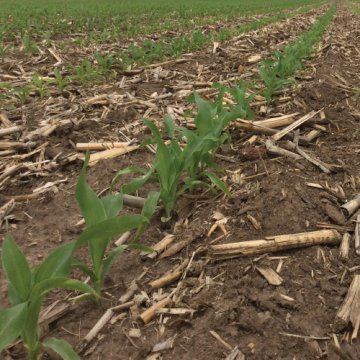Explore our blog featuring articles about farming and irrigation tips and tricks!
Sponsored: Foliar Timing And Temperature

By: Beck’s Hybrids
Over the past year, agronomists have fielded as many questions about foliar fertilizers. The presumption is that some of this attention is because foliar applications were a component in the recipes used by recent national yield contest winners.
Another possible explanation is that with tight margins, farmers are looking for ways to cut costs while maintaining yields. Foliar fertilizers can be a useful tool if used in the right way with the right expectations.
What are soil test levels? If soil tests show less than optimal macronutrient (N, P, K, S and Ca) levels, I recommend you start there and focus on improving your soil fertility.
What is your limiting nutrient? Use soil and/or tissue testing to identify which nutrient(s) are scarce.
If you meet these two criteria you are on your way but there is one more important piece to the puzzle. When it comes to foliar applications, timing is everything. In 2016, Beck’s Practical Farm Research (PFR)® began conducting trials with the goal of determining the optimal time of day and/or temperature to apply a foliar fertilizer. Initial results show early morning applications are more beneficial than those made during the day. Testing from 2016 shows a 4.2 Bu./A. average advantage to making an application early in the morning versus the afternoon. When comparing how offensive and defensive hybrids respond to these timings we found early morning applications resulted in a 6.0 Bu./A. increase when applied to an offensive hybrid and a 2.4 Bu./A increase when applied to a defensive hybrid. Data from 2017 showed similar trends and is shown below. Click here to see additional research and data from Beck’s PFR Program.
Stay up to date on all T-L news and get alerts on special pricing!


